
How to Use battery: Examples, Pinouts, and Specs
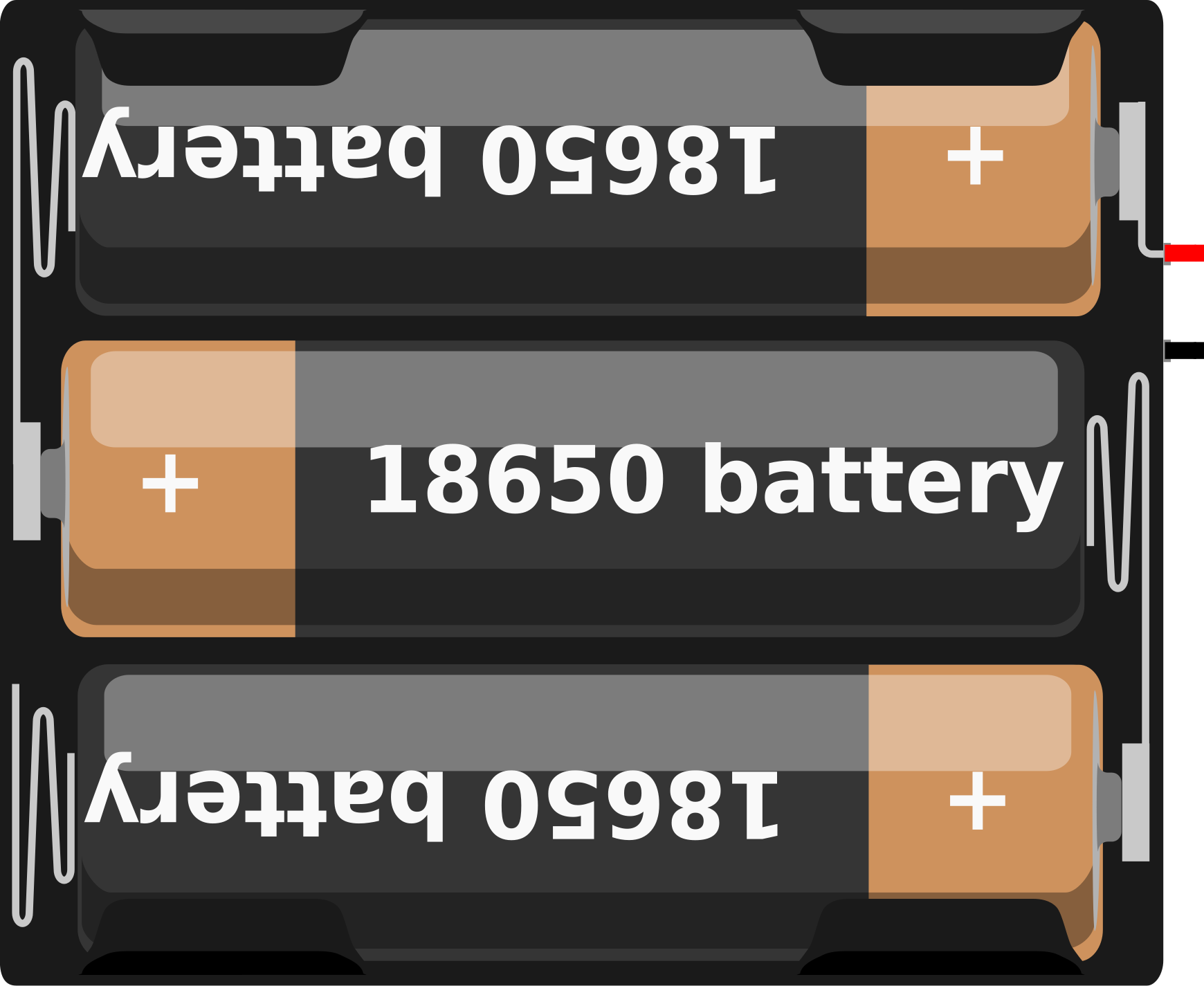
 Design with battery in Cirkit Designer
Design with battery in Cirkit DesignerIntroduction
A battery is a device that stores electrical energy in chemical form and converts it into electrical energy when needed. It serves as a portable power source for a wide range of electronic devices, from small gadgets like remote controls and smartphones to larger systems such as electric vehicles and backup power supplies. Batteries are essential in applications where mobility, reliability, and independence from a fixed power source are required.
Common applications of batteries include:
- Powering portable electronic devices (e.g., smartphones, laptops, cameras)
- Providing backup power for critical systems (e.g., UPS systems, emergency lighting)
- Enabling mobility in electric vehicles and robotics
- Supplying energy for IoT devices and sensors in remote locations
Explore Projects Built with battery
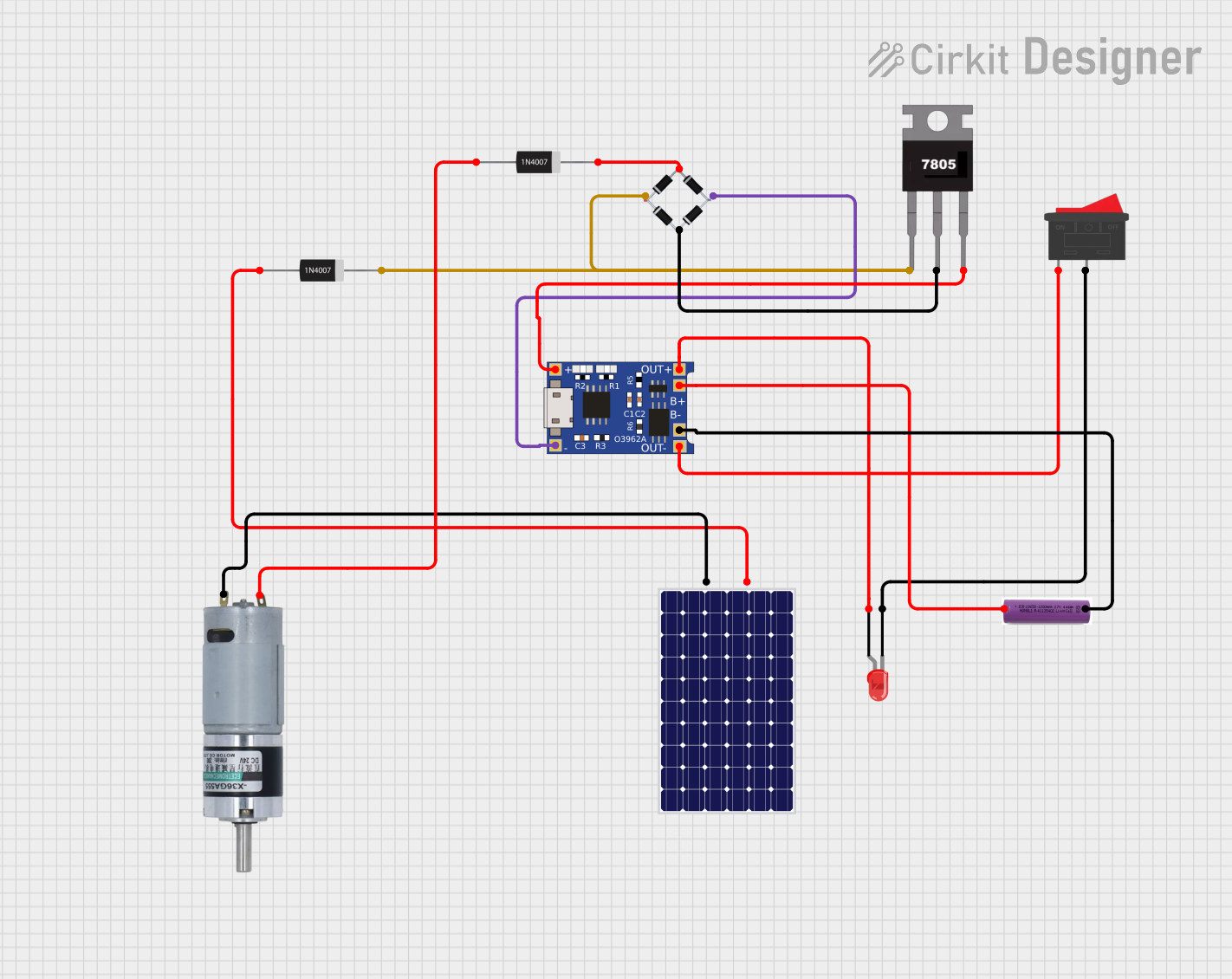
 Open Project in Cirkit Designer
Open Project in Cirkit Designer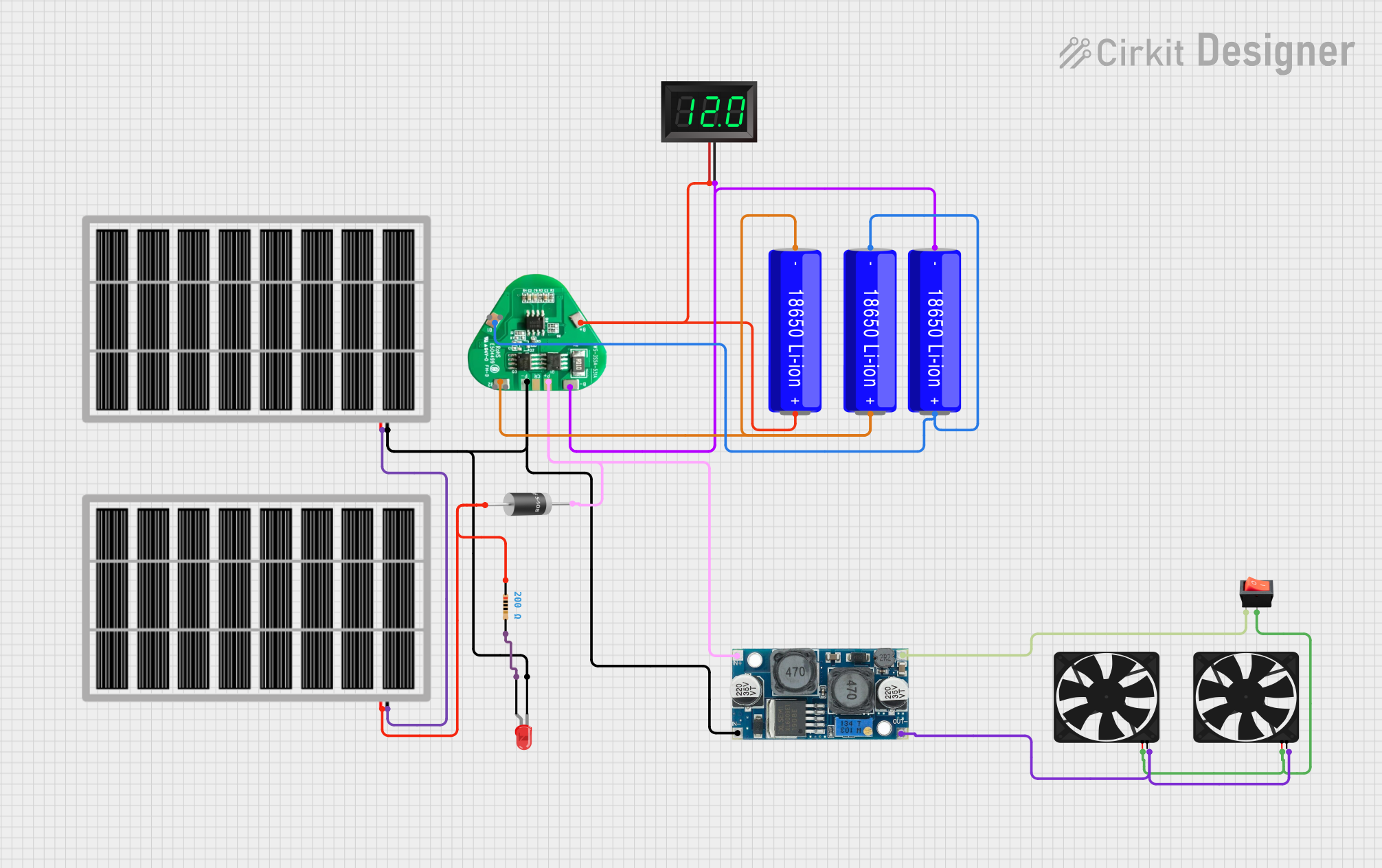
 Open Project in Cirkit Designer
Open Project in Cirkit Designer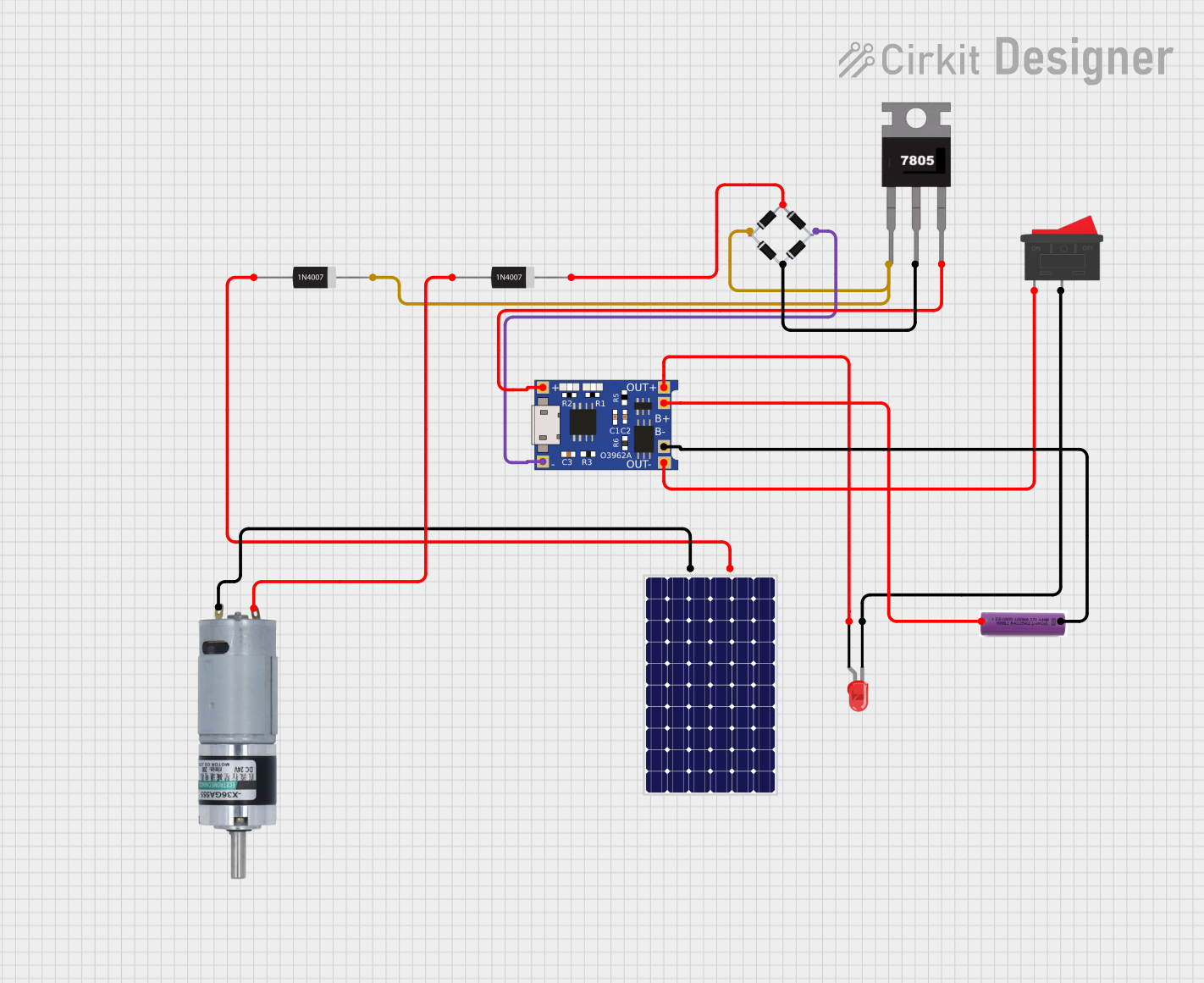
 Open Project in Cirkit Designer
Open Project in Cirkit Designer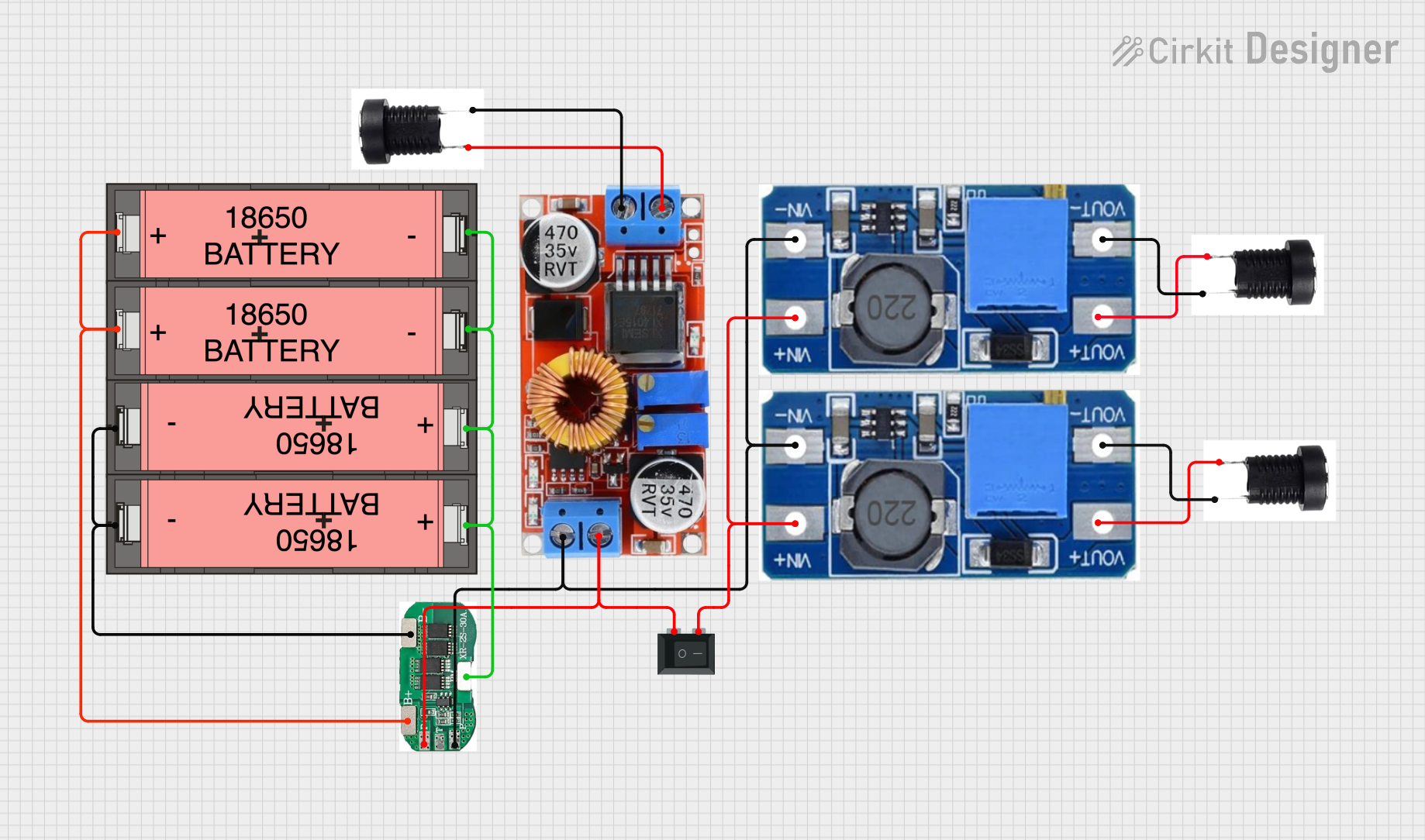
 Open Project in Cirkit Designer
Open Project in Cirkit DesignerExplore Projects Built with battery

 Open Project in Cirkit Designer
Open Project in Cirkit Designer
 Open Project in Cirkit Designer
Open Project in Cirkit Designer
 Open Project in Cirkit Designer
Open Project in Cirkit Designer
 Open Project in Cirkit Designer
Open Project in Cirkit DesignerTechnical Specifications
Batteries come in various types, sizes, and chemistries, each with unique specifications. Below are the general technical details for common battery types:
General Specifications
| Parameter | Description |
|---|---|
| Voltage Range | Typically 1.2V to 12V (depends on battery type and configuration) |
| Capacity | Measured in milliampere-hours (mAh) or ampere-hours (Ah) |
| Chemistry | Common types: Alkaline, Lithium-ion (Li-ion), Nickel-Metal Hydride (NiMH) |
| Rechargeability | Rechargeable (e.g., Li-ion, NiMH) or non-rechargeable (e.g., Alkaline) |
| Operating Temperature | Typically -20°C to 60°C (varies by type) |
| Shelf Life | 2 to 10 years (depends on type and storage conditions) |
Pin Configuration and Descriptions
Batteries typically have two terminals: positive (+) and negative (-). The table below describes these terminals:
| Pin/Terminal | Symbol | Description |
|---|---|---|
| Positive | (+) | The terminal where current flows out of the battery in a conventional circuit |
| Negative | (-) | The terminal where current returns to the battery in a conventional circuit |
Usage Instructions
How to Use a Battery in a Circuit
- Identify the Battery Type: Determine the appropriate battery type and voltage for your application.
- Connect the Terminals:
- Connect the positive terminal of the battery to the positive rail of your circuit.
- Connect the negative terminal to the ground (GND) of your circuit.
- Use a Battery Holder: For safety and convenience, use a battery holder or clip to secure the battery in place.
- Add Protection: Include a fuse or current-limiting resistor to prevent overcurrent or short circuits.
- Monitor Voltage: Use a voltage monitoring circuit or device to ensure the battery does not discharge below its safe limit (especially for rechargeable batteries).
Important Considerations and Best Practices
- Polarity: Always connect the battery with the correct polarity to avoid damaging the circuit.
- Overcharging/Overdischarging: For rechargeable batteries, use a proper charging circuit to prevent overcharging or overdischarging, which can reduce battery life or cause safety hazards.
- Storage: Store batteries in a cool, dry place to maximize shelf life and prevent leakage.
- Disposal: Dispose of batteries responsibly according to local regulations to minimize environmental impact.
Example: Connecting a Battery to an Arduino UNO
Below is an example of powering an Arduino UNO using a 9V battery:
- Connect the positive terminal of the 9V battery to the VIN pin on the Arduino UNO.
- Connect the negative terminal of the battery to the GND pin on the Arduino UNO.
// Example code for Arduino UNO powered by a 9V battery
// This code blinks an LED connected to pin 13
void setup() {
pinMode(13, OUTPUT); // Set pin 13 as an output
}
void loop() {
digitalWrite(13, HIGH); // Turn the LED on
delay(1000); // Wait for 1 second
digitalWrite(13, LOW); // Turn the LED off
delay(1000); // Wait for 1 second
}
Troubleshooting and FAQs
Common Issues and Solutions
Battery Drains Quickly:
- Cause: High current draw or a faulty circuit.
- Solution: Check the circuit for short circuits or excessive power consumption. Use a higher-capacity battery if needed.
Device Does Not Power On:
- Cause: Incorrect polarity or insufficient voltage.
- Solution: Verify the battery is connected with the correct polarity and that its voltage matches the device's requirements.
Battery Overheats:
- Cause: Overcurrent or short circuit.
- Solution: Disconnect the battery immediately. Inspect the circuit for faults and add a current-limiting resistor or fuse.
Rechargeable Battery Does Not Charge:
- Cause: Faulty charger or battery degradation.
- Solution: Test the charger with another battery. If the battery is old, consider replacing it.
FAQs
Q: Can I use a higher voltage battery than specified for my device?
A: No, using a higher voltage battery can damage your device. Always use a battery with the voltage specified by the manufacturer.
Q: How do I know when a battery needs to be replaced?
A: Replace the battery if it no longer holds a charge, its voltage drops significantly under load, or it shows signs of physical damage (e.g., swelling, leakage).
Q: Can I mix different types of batteries in the same device?
A: No, mixing different battery types (e.g., Alkaline and NiMH) or batteries with different charge levels can cause uneven discharge and damage the device or batteries.
Q: Is it safe to leave rechargeable batteries in the charger?
A: It depends on the charger. Use a charger with overcharge protection to prevent damage to the batteries. Avoid leaving batteries in a charger for extended periods.